The content of the article
Gardenia. For those who grow it for the first time, it seems impossibly capricious plant. Those who have been breeding it for many years have already adapted to its whims. The two groups have one thing in common - no one is indifferent to beautiful flowers.
But, in order to observe them firsthand every year, some efforts will have to be made. Let's figure out how to care for gardenia at home.
In fact, the whole secret is stability. This flower does not tolerate change. Temperature, watering, humidity, even the position in space should always be on the same level and unchanged. The exception is winter dormancy. It is from this basic rule that we will proceed, we read the rest below.
The soil
Gardenia is one of the plants that does not tolerate alkaline soil reactions. It requires high acidity. In this case, the soil should pass water and air well. Some sources advise buying land for azaleas in a store. In principle, it is quite suitable, but sometimes its quality leaves much to be desired.
We recommend collecting the soil yourself, because it is very simple. You will need:
- coniferous land
- turfy soil
- horse peat
- coarse sand
All items should be taken in equal parts, then mix well and disinfect. You get the perfect mix for planting gardenia.
By the way, if the plant was bought or received as a gift in a shipping pot, then transplant it immediately after flowering. The fact is that the soil is stuffed with flowering stimulants and other not very useful substances. At such a stern, gardenia will stretch for 2 months from the force, then it will simply die.
And do not forget about drainage. Without it, any plant will quickly begin to rot from the root system. To save such a poor fellow is almost impossible.
Tip. Do not transplant a flowering plant. It will almost immediately drop the buds. Wait until the flowering is over.
Shine
However, in the middle lane in the summer sun is especially insidious. It strives to burn gardenia leaves. Therefore, we recommend setting light shading on the southern and western windows. For example, a screen made of white paper or light fabric will not allow the burning of sheet plates, but will allow a sufficient amount of diffused light to pass through.
Tip. In winter, any windows will have to include additional lighting.
Temperature
Gardenia clearly sets the temperature limits of its normal growth and flowering. The range is from +17 to + 23 ° C. A step of even 1 degree in any direction ensures that you will not see flowers for a very long time.
In winter, everything is simple. They fenced off the bottom of the window from the room with glass or plastic, and now there is a normal microclimate near the pot. And what to do in the summer when the thermometer column inexorably creeps up? There is an exit. Of course, humidification will help, but weakly. But in every house there is a refrigerator with a freezer. It is enough to cram plastic bottles of water there, and in a day the mini-conditioner is ready.
Just put a couple next to the pot, and as the ice melts, replace them with others. The temperature around the plant will drop markedly. Just don't overdo it! Frozen gardenia is no better than fried gardenia.
Tip.Do not try to put the gardenia under the cold air of a real domestic air conditioner! The plant likes airing, but dies quickly from drafts.
Humidity
A very significant aspect for the normal development of gardenia. The air around must always be humid. Daily and all the time. Even in winter. Some sources recommend spraying the crown of the bush several times a day. But this is constant attachment. But flower growers also work, study, go to visit. You can list endlessly why you can’t sit next to the gardenia.
What to do? To create the necessary level of humidity artificially:
- Put the pot on the pallet (stand required). Around decompose sphagnum, peat, expanded clay, hydrogel. Add water periodically so that all materials literally float.
- Arrange a few extra saucers or glasses around. Make sure that they always have water.
- If there is an indoor air humidifier, then keep it constantly on next to the plant.
- In the cold season, put a wet towel or blanket on the radiators, moisturize as they dry.
- Well, do not forget to whenever possible more often spray the crown from a conventional spray gun. Preferably warm and soft (settled) water.
All of these items must be performed simultaneously. Separate use will bring an insignificant result. And if gardenia grows without a high level of humidity is quite capable, then it will never bloom in dry air.
Tip. Some gardeners arrange a mini-greenhouse on the windowsill in which gardenia lives. So it is much easier to maintain the microclimate at the proper level. By the way, this design helps to avoid a sharp temperature drop, which is very not like the plant.
Watering
Gardenia does not like the drying of the soil so much that it can drop all the buds. About an excess of water, we have already said above. Therefore, you should strictly monitor the moisture level in the pot. The earth should always be slightly moist, but not moist. Some gardeners advise sticking a wooden stick into the ground to the bottom, and after 12-14 minutes, look at it.
But today, industry offers a more convenient solution than daily picking in the ground. These are special beacons. They just stick into the soil. As soon as it dries at a certain level, the beacon will change color. Very handy thing.
Now directly about drinking. What kind of water can gardenia be watered? After all, she is very demanding on this point. You can’t just pour liquid from the tap and splash it into the pot. The salts contained in such a swill will instantly destroy the plant.
Water must be:
- soft
- filtered
- warm
- boiled
- defended
Yes, these are the difficult conditions that are needed for competent gardenia irrigation. Plus, once a month you need to add a few drops of lemon juice or 3-5 crystals of citric acid to the water. The plant loves sour.
Tip. If you do not have time to prepare water for irrigation, then you have a direct road to the aquarium shop. It is there that you can purchase special preparations to soften the fluid. Just do everything according to the instructions and after an hour you have a normal supply of water that is quite suitable for irrigation. Just warm it before use.
Top dressing
Gardenias are vital. Any mineral with a high content of potassium and phosphorus will do. These trace elements are responsible for quality flowering. But you should beware of excess nitrogen, it causes uncontrolled growth of loose shoots.
Some sources recommend feeding gardenia about 1 time in 2 weeks. This is a strange tip. How can they know which fertilizer you purchased?
We propose a different method. Just follow the manufacturer's instructions, but reduce the dosage by 2 times. And further.On the package should be written "for flowering houseplants." Then you definitely will not be mistaken.
Tip. If there is no time or desire for the exact measurement of the dose, then get long-lasting nutrition. Such fertilizers are sold in the form of granules or tablets. They simply put them in the ground, and when watering the plant itself takes the right amount of trace elements.
Pests and diseases
All diseases in gardenia arise for 2 reasons: either from improper care, or as a product of the vital activity of pests. And there are many hunters to enjoy tasty leaf juice:
- aphid
- mealybug
- thrips
- scale shield
- nematode
- whitefly
- spider mite
Some can be eliminated by simply washing the leaf plates with a solution of laundry or potash soap. Others will have to fight for a long time, carefully and with the use of heavy artillery.
In any case, you can’t linger. It is necessary to take action immediately. Because gardenia is very nervous about uninvited guests. She drops buds, changes pigmentation, begins to dry quickly and stops growing.
Determining the presence of insects is very simple. In the normal state, the leaves are juicy green, dense, shiny. When infected with pests, strange points appear, holes on the leaves, shoots are deformed, a black or whitish coating forms.
You should not risk the beauty, using grandmother's methods of strange composition. Inexperience can only make things worse. Better use proven insecticides of famous brands. At least there is indicated the exact dosage and frequency of treatments.
Tip. Do not wait for a miracle in the fight against a nematode. It is impossible to save such a plant. Science does not yet know the means to help get rid of this rubbish. Without sparing, cut the cuttings and root them. So you get a few young, and most importantly - healthy plants.
How to care for gardenia at home? No harder than any other whim. She just has her own preferences, which must be provided. But the reward for your efforts will get very quickly. Gardenia will reward the caring owners with fabulous flowering and magical aroma. Believe me, it is worth at least once to see - and you will love her forever. Then leaving will seem nothing more than pleasant troubles in anticipation of a miracle.
Video: gardenia cultivation secrets


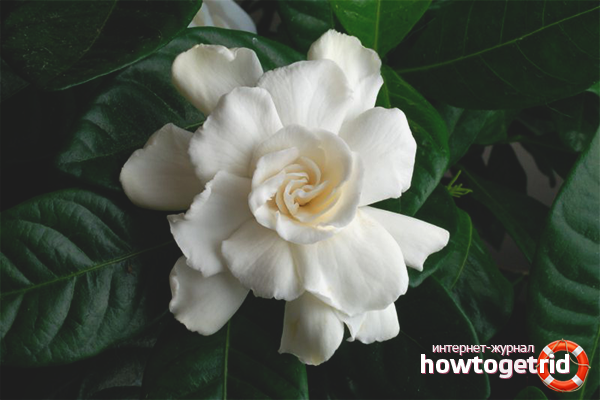
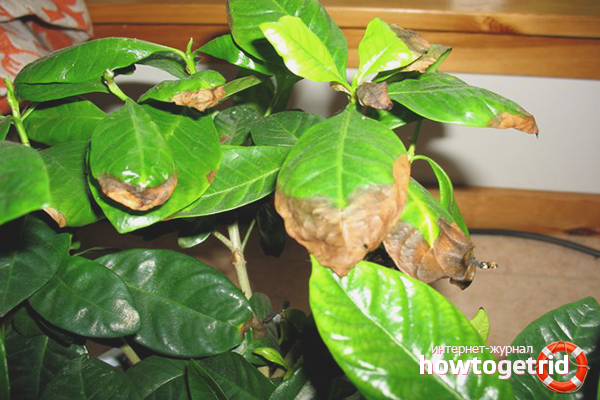


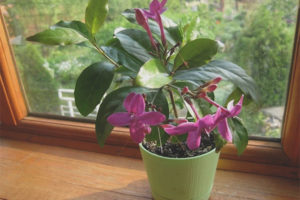


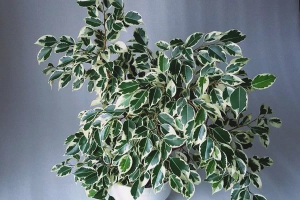

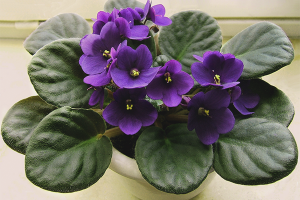
Submit